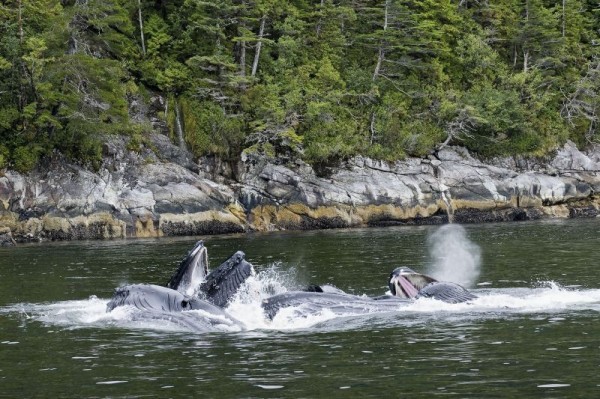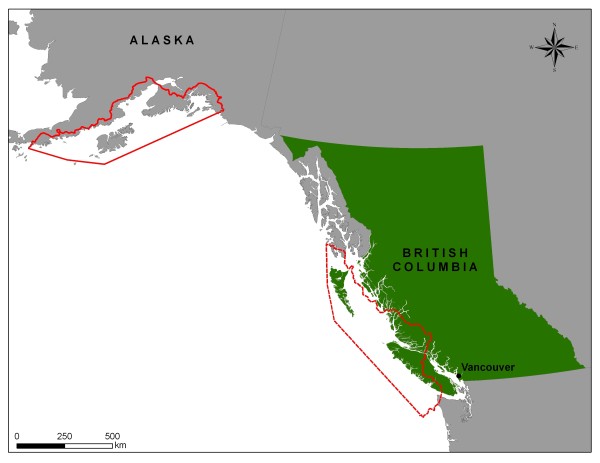Today's Northern Gateway Recommendation Fails Canada and Science
Today we are dismayed, together with our eminent Canadians for the Great Bear and thousands of others by the report of the Northern Gateway Joint Review Panel (JRP) which regrettably recommends the approval of the Enbridge pipeline proposal.
Although the JRP sought to patch the many holes in Enbridge’s plans with 209 conditions, the fact remains: Supertanker traffic in the Great Bear will expose Canada’s West Coast to the risk of a spill that no one can manage, with consequences that are entirely unacceptable: Spilled oil would foul hundreds of kilometers of shoreline and kill untold marine life and birds. Everyone who depends on this ecosystem, from fishing and tourism industries to First Nations communities, would be affected. We have seen, in the case of the Exxon Valdez disaster, that the damage will be profound and long-lasting. Have we really not yet learned this hard lesson?
Not everyone will have the chance to see the giant mouths of feeding whales break the ocean surface along the cedar-lined shores of Whale Channel. Few among us will ever catch a rare glimpse of a white Spirit bear in the ancient rainforest. Yet a great many Canadians can appreciate the majesty and the values of this very special place. The Great Bear, like other unique wild places, is a part of our heritage and a part of what makes us Canadian. Many of us across this land can understand truly what is at stake.
Note: This is not a spill trajectory model for a spill on the BC coast.
The petroleum industry wants to move its product offshore and often promises to place safety first and to build “world-class” oil spill response capabilities. But past environmental disasters have shown us that, in their wake, the industry’s focus shifts to diverting blame and limiting financial liability. Referring to Enbridge’s tanker spill response plans, the Province of B.C. said in its closing submission to the JRP, “‘Trust me’ is not good enough in this case.” The truth is that B.C.’s oil spill response preparedness is woefully inadequate to cope with current risks, much less risks associated with the proposed hundreds of supertankers. The vast majority of the oil spilled from a tanker is never recovered. Tanker oil spills are unmanageable.
The Canadian government has repeatedly stated that it will only approve a project if it is safe for Canadians and safe for the environment. Enbridge has failed to demonstrate that it can safely ship diluted bitumen by pipeline to the coast and by tanker through the Great Bear Sea.
When something is priceless, you do not let anyone place it at risk. This proposed project, even with the JRP’s many conditions, poses too great a risk for people, species and ecosystems. We call on Canada to reject it.



